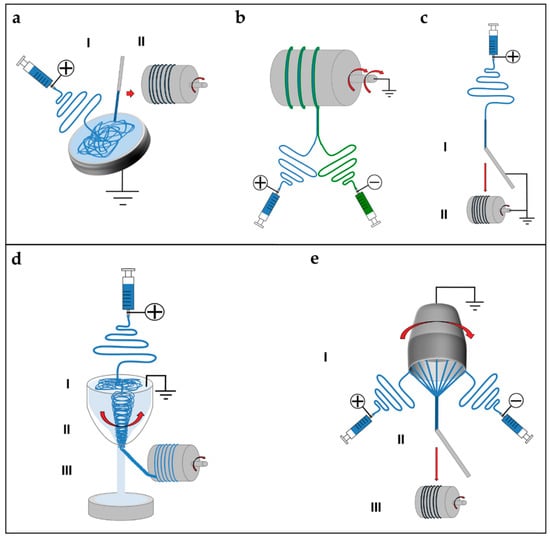

Macrophage phenotype and remodeling outcomes in response to biologic scaffolds with and without a cellular component. Mineral particles modulate osteo-chondrogenic differentiation of embryonic stem cell aggregates. Osteogenesis and angiogenesis induced by porous β-CaSiO3/PDLGA composite scaffold via activation of AMPK/ERK1/2 and PI3K/Akt pathways. Extracellular calcium sensing and signalling. Dual-function injectable angiogenic biomaterial for the repair of brain tissue following stroke. Clay gels for the delivery of regenerative microenvironments. Design principles for therapeutic angiogenic materials. 3D surface topology guides stem cell adhesion and differentiation. Accelerated wound healing by injectable microporous gel scaffolds assembled from annealed building blocks. Intrinsic extracellular matrix properties regulate stem cell differentiation. Matrix elasticity directs stem cell lineage specification.

Developing a pro-regenerative biomaterial scaffold microenvironment requires T helper 2 cells. Immunomodulation and mobilization of progenitor cells by extracellular matrix bioscaffolds for volumetric muscle loss treatment. Inflammation and metabolism in tissue repair and regeneration. In vivo engineering of organs: the bone bioreactor. Photoresponsive biomaterials for targeted drug delivery and 4D cell culture. Synthetic biomaterials as instructive extracellular microenvironments for morphogenesis in tissue engineering. Leveling Waddington: the emergence of direct programming and the loss of cell fate hierarchies. In vivo cellular reprogramming: the next generation. Induction of pluripotent stem cells from mouse embryonic and adult fibroblast cultures by defined factors. Overall, leveraging the regenerative potential of the human body via engineered biomaterials is a simple and effective approach to replace injured or diseased tissues. In addition, we highlight tools for engineering the next generation of biomaterials to modulate in situ tissue regeneration. The second approach focuses on in situ cellular reprogramming via delivery of transcription factors, RNA-based therapeutics, in vivo gene editing and biomaterials-driven epigenetic transformation. The first approach includes the use of bioresponsive materials with an ability to direct endogenous cells, including immune cells and progenitor or stem cells, to facilitate tissue healing, integration and regeneration. In this Review, we outline two biomaterials approaches to control the regenerative capacity of the body for tissue-specific regeneration. These cues are required to induce regeneration by modulating the extracellular microenvironment or driving cellular reprogramming. The design of biomaterials for in situ tissue engineering requires precise control over biophysical and biochemical cues to direct endogenous cells to the site of injury. In situ tissue regeneration harnesses the body’s regenerative potential to control cell functions for tissue repair.


 0 kommentar(er)
0 kommentar(er)
